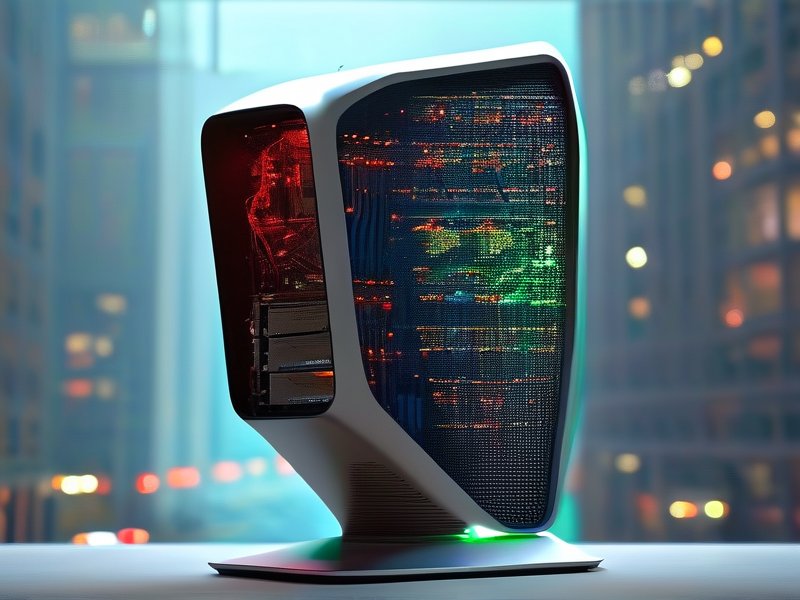
Revolutionizing Device Intelligence: The Rise of AI-Driven Computing
The convergence of artificial intelligence (AI) and edge computing is redefining the capabilities of connected devices. Traditional hardware limitations are being shattered as AI algorithms now power everything from smartphones to industrial sensors. This shift enables real-time decision-making, enhanced user experiences, and unprecedented efficiency. Key breakthroughs include:
- Edge-AI Integration: Deploying AI models directly onto devices reduces latency and dependency on centralized cloud servers.
- Neural Architecture Search (NAS): Automated design of optimized neural networks for specific hardware constraints.
- Quantization & Pruning: Techniques that shrink model sizes without sacrificing accuracy, critical for low-power devices.
Imagine a smart thermostat that predicts your comfort preferences hours before you wake up, or a wearable device that detects early signs of health anomalies in real time. These scenarios are becoming reality through AI's ability to process contextual data locally.
Cloud Phone Technology: A Pioneering Example of Seamless AI Integration
One of the most compelling applications of this trend is the cloud phone concept. Unlike traditional devices, cloud phones leverage distributed computing resources to deliver desktop-level performance on mobile platforms. Here’s how it works:
- Virtualized Hardware Resources: CPU/GPU processing occurs remotely while the phone acts as a display terminal.
- AI-Optimized Workflows: On-device sensors feed data to cloud-based AI models for tasks like real-time language translation or augmented reality.
- Dynamic Resource Allocation: Automatically scales computing power based on user needs - from streaming 8K content to running CAD software.
Users can now enjoy:
- Unlimited app compatibility (even desktop applications)
- Seamless multi-device synchronization
- Extended battery life through reduced local processing
For example, the EdgeNode Cloud Phone platform allows professionals to edit 4K videos on-the-go using cloud-rendering capabilities, while gamers experience console-quality graphics through optimized resource streaming.
Future Horizons: Challenges and Opportunities in AI-Driven Devices
While these advancements promise transformative benefits, they also introduce new considerations:
- Data Security: Ensuring encrypted communication between edge devices and cloud infrastructure.
- Energy Efficiency: Balancing performance gains with sustainable power consumption.
- User Privacy: Transparent data usage policies and local processing options.
Emerging solutions include:
- Federated Learning: Training AI models across decentralized devices without data centralization.
- AI-Powered Resource Management: Self-optimizing systems that adjust performance based on environmental factors like network conditions.
- Quantum Computing Integration: Potential future leap in processing power for complex AI workloads.
Practical implementation tips for users adopting AI-driven devices include:
- Choose devices with modular AI chipsets for future-proofing
- Opt for platforms offering granular control over data processing locations
- Regularly update firmware to benefit from new AI optimizations
As we stand on the brink of this AI-powered evolution, the fusion of computing power and intelligence will continue to blur the lines between hardware and software. Innovations like cloud phones represent just the beginning – imagine a future where every connected device becomes an intelligent, self-optimizing node in a global computing ecosystem. The only constant in this rapid transformation? The need for vigilance in balancing technological progress with ethical considerations and user empowerment.
